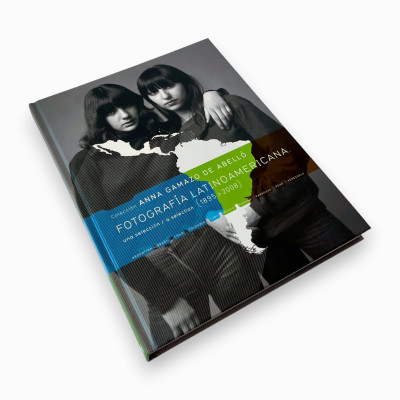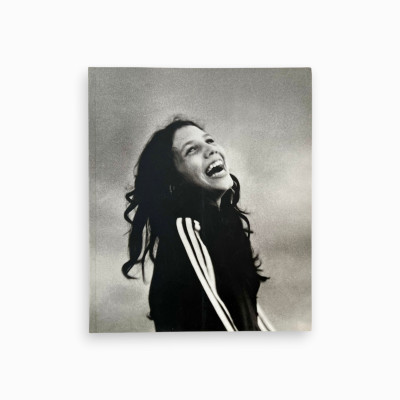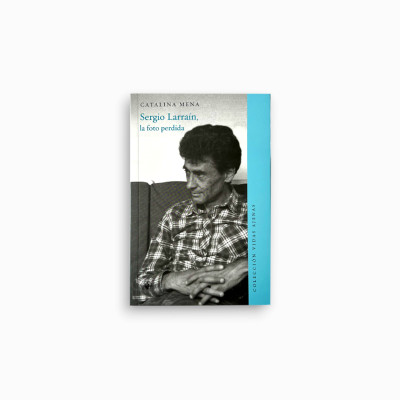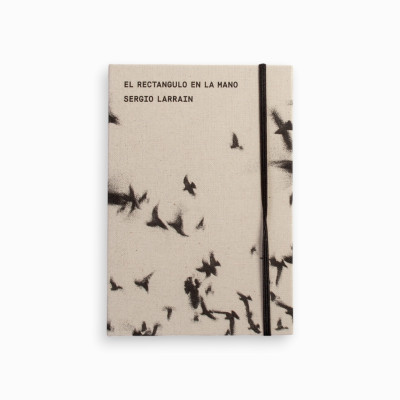Larraín, Sergio
He grew up in an environment steeped in arts and culture; his father, Sergio Larraín García Moreno, was one of South America's most prominent architects, a friend of painters like Josef Albers and Roberto Matta. Between 1949 and 1953, he traveled to the United States where he studied Forestry for a year and a half, initially at the University of California, Berkeley, and later at the University of Michigan, Ann Arbor. During these years, he worked to achieve financial stability, which enabled him to purchase his first camera, a Leica IIIC, which changed his life. He left his studies to return to Chile, from where he embarked on a family trip to Europe and the Middle East, attempting to alleviate the profound pain caused by the accidental death of his younger brother. This journey helped the artist decide to adopt photography as his means of expression. Upon his return to Santiago, he settled in the La Reina commune, a semi-rural area at the time. He collaborated with institutions such as Hogar de Cristo and Fundación Mi Casa to support children living on the streets. A series of these images was acquired by Edward Steichen, curator of photography at the Museum of Modern Art in New York. Between 1956 and 1959, he worked as a freelance photographer and also for the Brazilian international magazine "O Cruzeiro." In 1958, he exhibited his photographs at the National Museum of Fine Arts in Santiago, alongside paintings by Sheila A.W. Hicks, an American artist awarded a Fulbright scholarship in Chile. In 1959, he was awarded a scholarship by the British Council to travel to London for four months, where he created his renowned series about the city. That same year, Sergio Larraín met Henri Cartier-Bresson, a French photographer, who proposed that he join Magnum agency, which provides photographic material to major European and American magazines. Larraín moved to Paris, where he collaborated with some of the most prestigious specialized magazines. His work included a report on the Sicilian Mafia, coverage of the wedding of Farah Diva and the Shah of Iran, and a report selected by the French magazine Paris Match, which published 16 color pages on Juan Fernández Island. In the early 1960s, he returned to Chile, intending to delve into the themes that interested him most, without the commercial demands of the international press: the people and the environment of Valparaíso, which he had already photographed on numerous occasions. He collaborated with poet Pablo Neruda on a book for Editorial Lumen in Barcelona and later produced photographs of Valparaíso that were first published in the magazine DU. Atlantis in 1966, accompanied by a text by Pablo Neruda. Much later, in 1991, Hazan publishing house released the book "Valparaíso" for the Les Rencontres de la Photographie de Arles exhibition. During this time, he photographed the poet's house in Isla Negra, Chile, work published in his book "Una casa en la arena." In 1965, inspired by transcendental meditation and Eastern philosophies, he distanced himself from collaborations with Magnum. In 1969, he settled in Arica, in northern Chile, to spend three years following the teachings of Bolivian spiritual master Oscar Ichazo. From 1973, Sergio Larraín moved to Ovalle to dedicate most of his time to reading, oil painting, meditation, yoga, personal development, and very little to photography. In 1999, the Valencian Institute of Modern Art, IVAM, in Spain dedicated a retrospective to him, the success of which brought him international attention. As a result, he demanded to be kept out of any future discussions about his work. Nevertheless, until the end, he continued to send his contact sheets and latest negatives to the agency so that Magnum could safeguard his entire photographic oeuvre.








